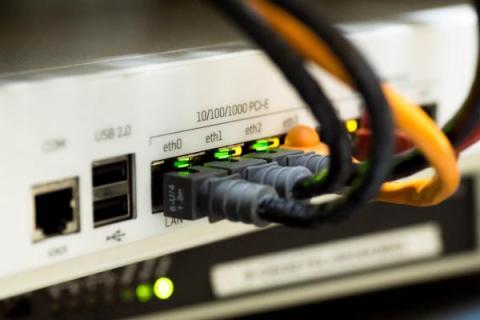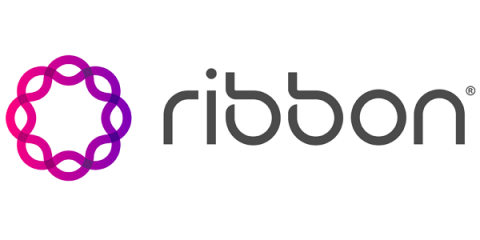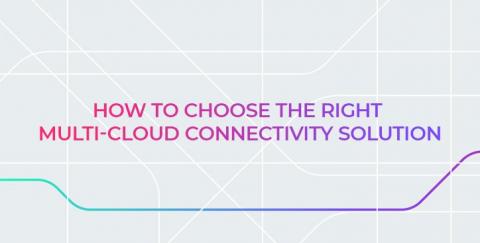How to Scale with DX UIM's Monitoring Configuration Service, Part 2: Key Concepts
To contend with their escalating, intensifying demands, today’s operations teams must constantly be on the quest to boost efficiency. In my prior post, I offered a high-level introduction to DX Unified Infrastructure Management (DX UIM) Monitoring Configuration Service (MCS), outlining how its key features can significantly streamline administration in large-scale enterprise environments. In this follow up post, I’ll provide more details for teams looking to start working with MCS.









